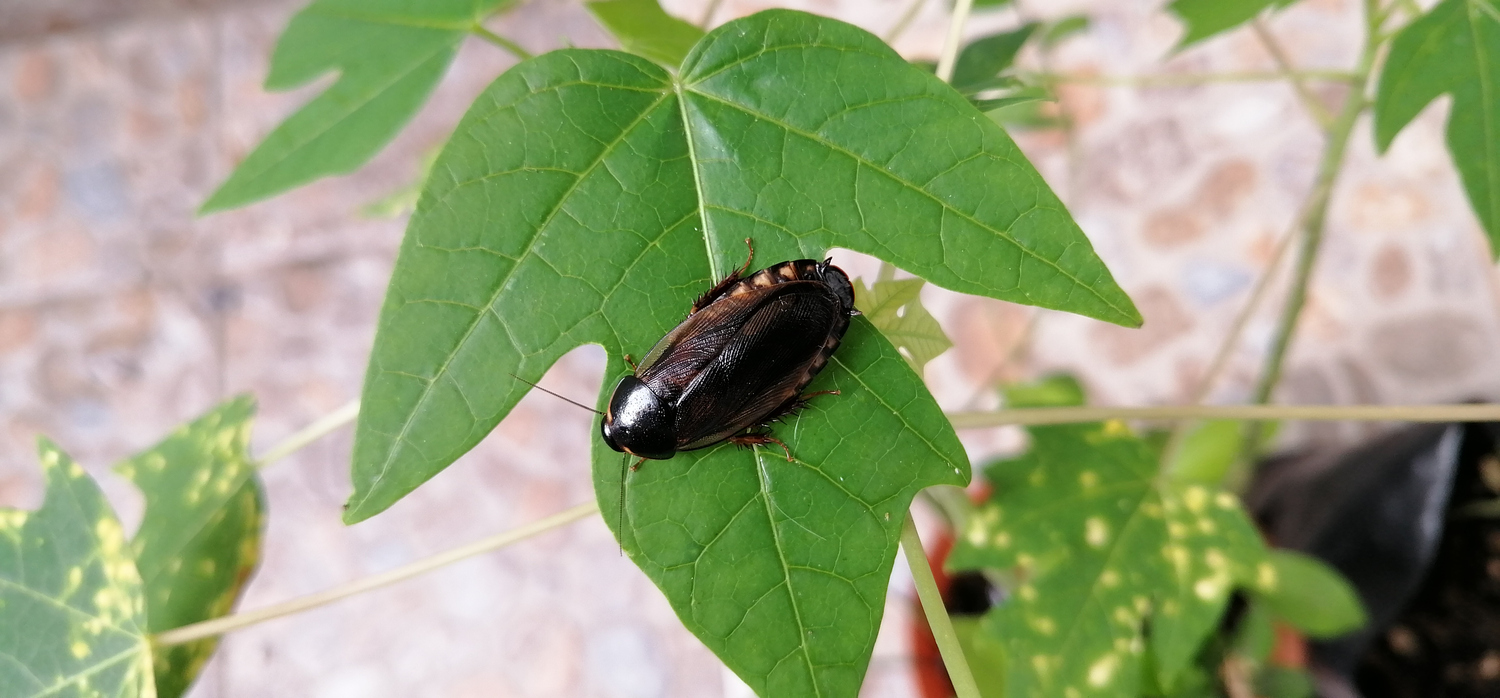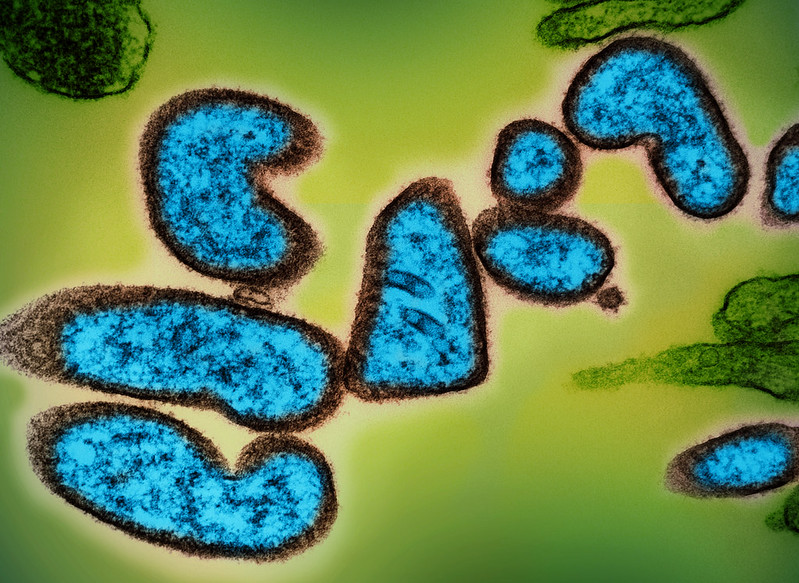
Rosa Say / Flickr cc
Yesterday the Centers for Disease Control and Prevention (CDC) announced that its investigation into a multistate Salmonella outbreak tied to onions has ended.
Seven more people, for a total of 80, have been sickened in the Salmonella Thompson outbreak linked to fresh-diced onions. Cases have been reported in 23 states, including 1 death in Wisconsin, and 18 case-patients have been hospitalized.
The death is new since the CDC's previous update on the outbreak, on October 24.
Gill's Onions recalled
The outbreak is tied to contaminated fresh diced Gill's Onions brad products, which were recalled on October 23. Products had use-by dates from August 8, 2023, to August 28, 2023, and were sold or sent to institutions, stores, and restaurants throughout the United States and Canada.
"Recalled onions are no longer available for sale and the use-by dates have passed," the Centers for Disease Control and Prevention said in an update on the outbreak.
Illnesses-onset dates range from August 2, 2023, to November 11, 2023, and an early cluster of cases were identified in a long-term care facility.
In epidemiologic investigations, 84% of people reported eating or likely eating onions in the week prior to illness.












